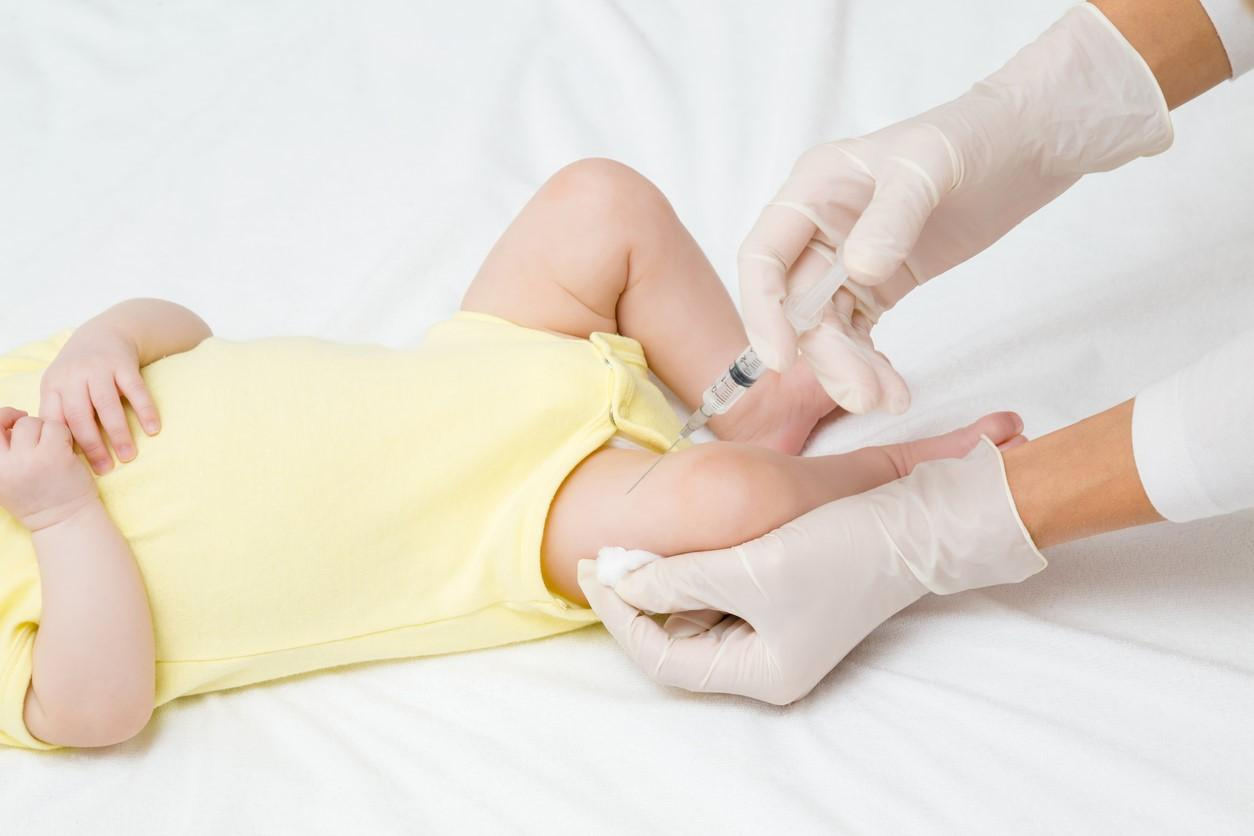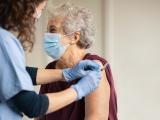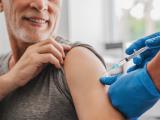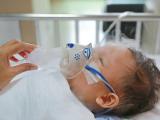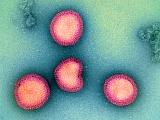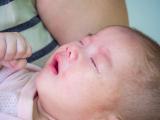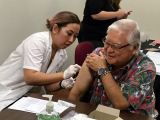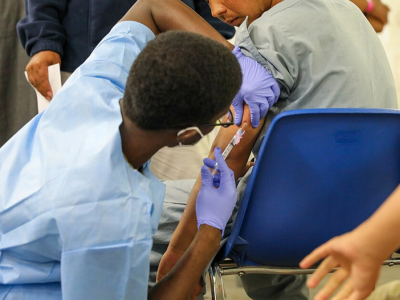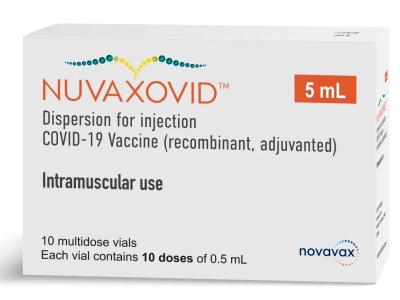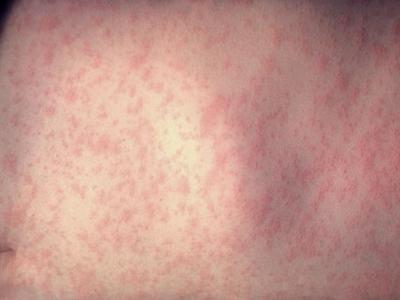After the monoclonal antibody nirsevimab (Beyfortus) became available to prevent respiratory syncytial virus (RSV) in infants in Spain in October 2023, rates of respiratory infection–related hospital admissions dropped 63%, intensive care unit (ICU) admissions plummeted 75%, and admissions for RSV, human metapneumovirus (HMPV), and adenovirus (AdV) fell 78%, 37%, and 70%, respectively.
These findings, published in Influenza and Other Respiratory Viruses, are from a prospective study by researchers who compared the clinical and virologic characteristics of lower respiratory tract infections (LRTIs) among infants younger than 1 year hospitalized at one of two Madrid hospitals in the respiratory virus season before (2022-23) and after (2023-24) the introduction of nirsevimab.
Nirsevimab is recommended for all infants younger than 8 months entering their first RSV season and those at risk for severe RSV during their second year of life.
Shorter hospital stays among nirsevimab recipients
Of the 669 infants included in the analysis, 480 were hospitalized before the introduction of nirsevimab, and 189 were admitted after. After nirsevimab introduction, 63 infants (33.3%) received the drug, of whom 11 (17.4%) tested positive for RSV at admission.
These data highlight the huge impact of this preventive strategy in reducing the number of severe LTRI in infants, which, before nirsevimab, was one of the most significant challenges faced by healthcare systems worldwide.
While monthly hospitalization trends stayed stable during both seasons, after October 2023, LRTI admissions declined 62.5%, with a 74.5% reduction in ICU admissions, a 78% decrease in RSV-related admissions, a 36.6% decline in HMPV, and a 69.5% drop in adenovirus.
The probability of hospital stays longer than 5 days dropped 64.6% in infants younger than 3 months and 47.7% in those younger than 6 months. High-flow oxygen use was less common among RSV patients who received nirsevimab.
"These data highlight the huge impact of this preventive strategy in reducing the number of severe LTRI in infants, which, before nirsevimab, was one of the most significant challenges faced by healthcare systems worldwide," the study authors wrote.
By preventing RSV infections, which may indirectly affect the dynamics of other viruses, nirsevimab may have cut the risk of secondary infections with HMPV or AdV, which often circulate at the same time as RSV. "Furthermore, RSV and HMPV often compete for the same ecological niche within the respiratory tract," the researchers wrote. "With fewer RSV cases, the replication dynamics and transmissibility of HMPV may have been impaired."
The authors called for continued monitoring of nirsevimab's effectiveness in future respiratory virus seasons. "Confirming these results would further enhance its value as a preventive measure, underscoring its potential to provide significant prophylactic benefits," they concluded.
